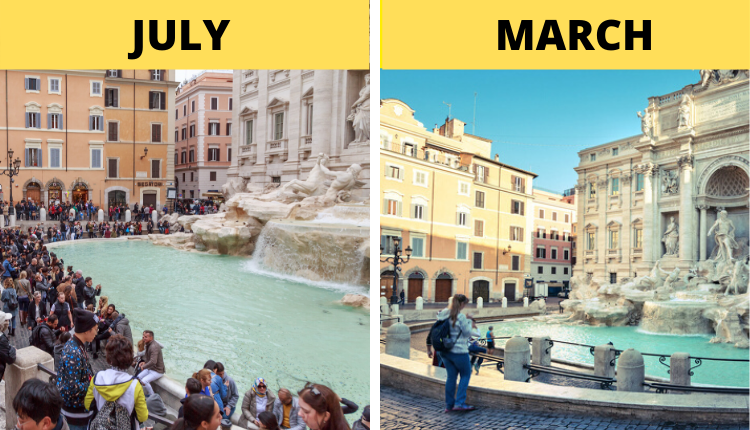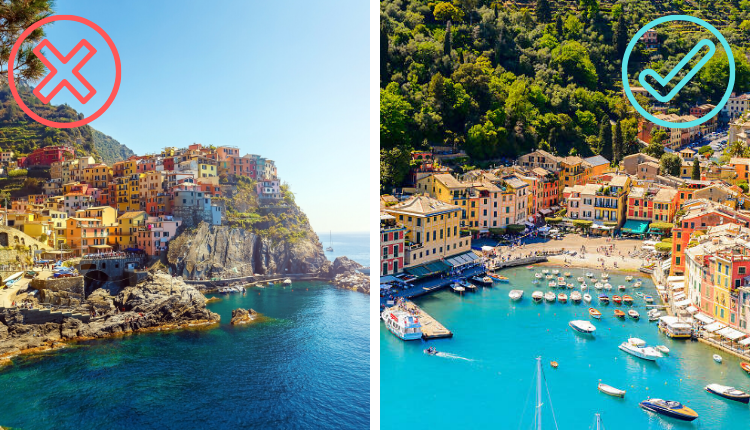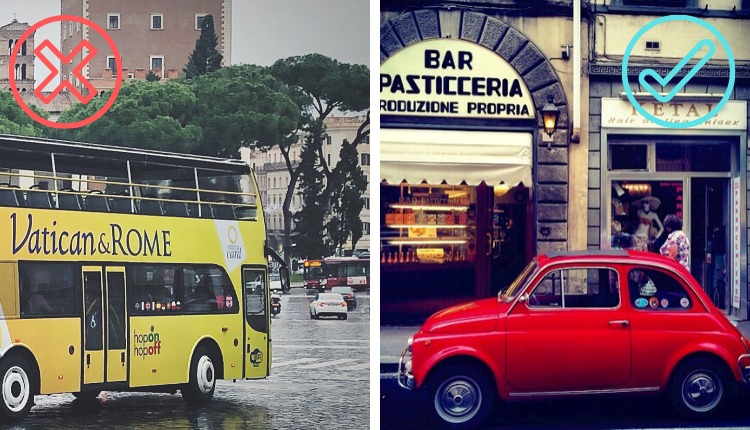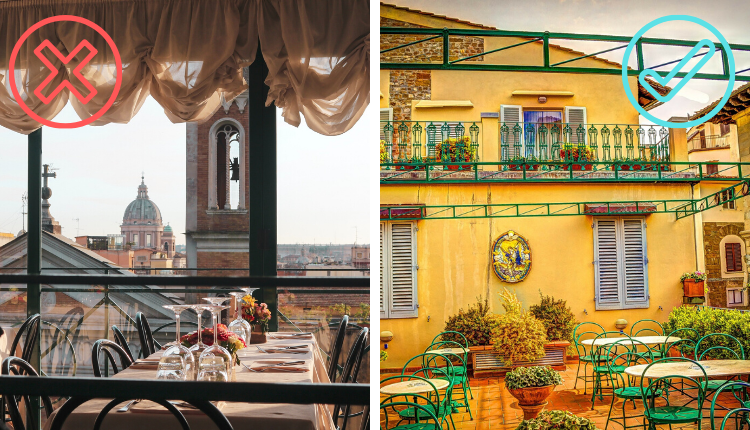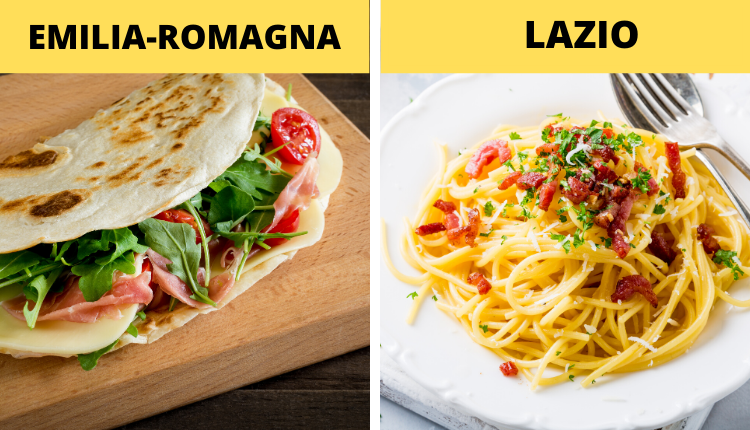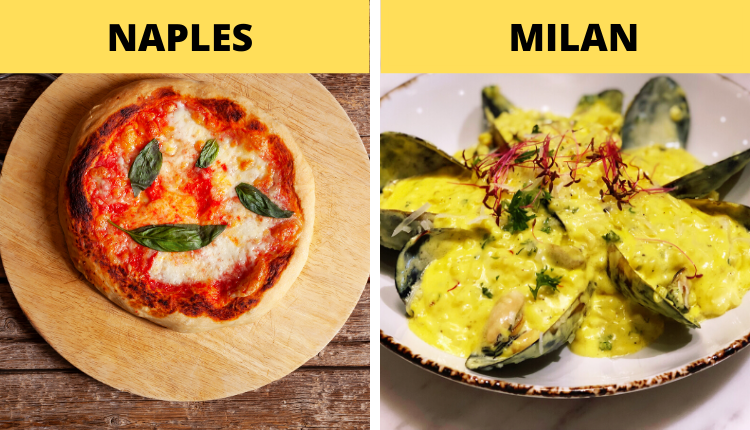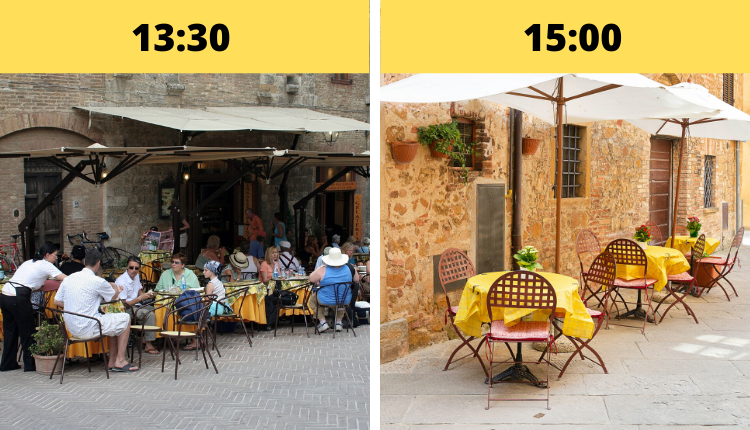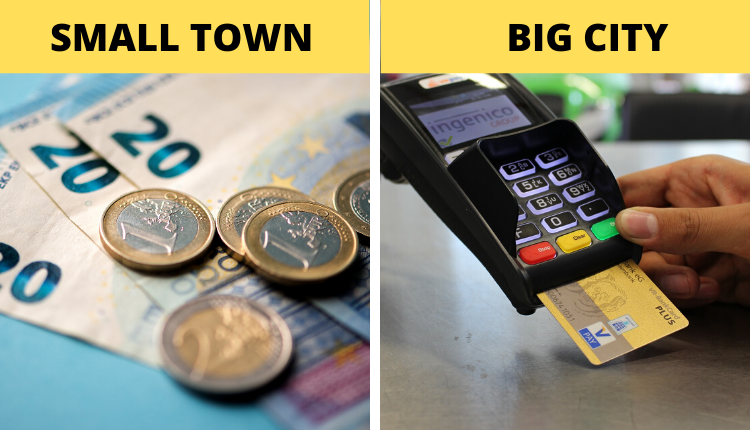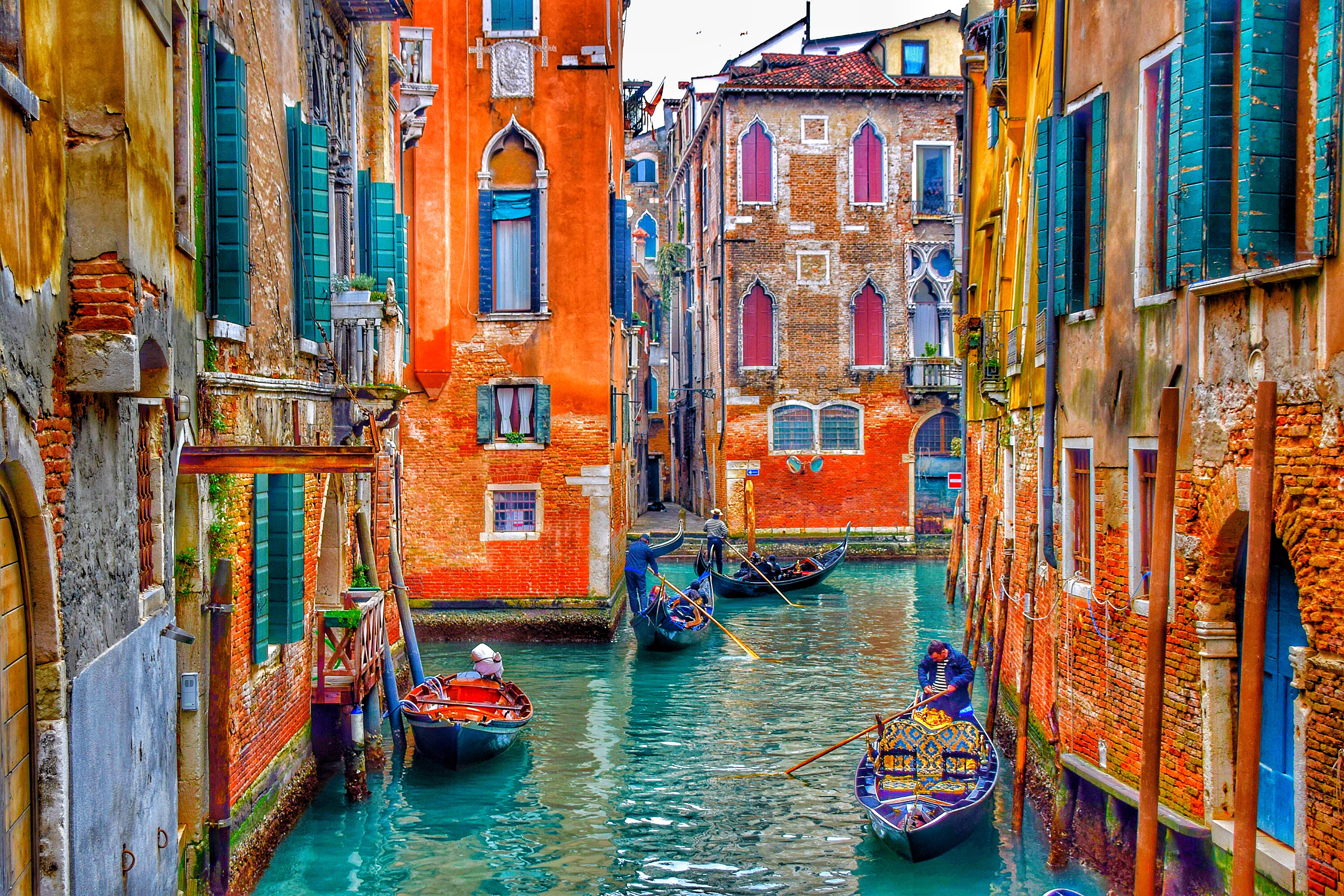Located in Southern Europe, this boot-shaped country is one of the world’s most popular travel destinations for a number of reasons that include art treasures, charming towns, stunning landscapes, passionate people, and top-class cuisine. Italy offers a magnificently rich array of sumptuous natural scenery and numerous opportunities to get out into nature.
Here are valuable and useful pieces of advice for travelers whose next destination is Italy. If you are thinking of going to Italy, here are some tips on what you can do. Hopefully, your trip will be unforgettable.
1. When and which part of Italy to visit?
The summer months can be hot, crowded, and expensive. It’s better to visit Italy’s premier destination cities in the spring (March to May) or fall (September and October) when there is nice weather, moderate temperatures, fewer tourists, and lower prices. This way, you’ll enjoy the city in bloom, won’t arrive during the peak tourist season, and you’ll avoid crowds of tourists near the major sights. Pay attention to the geography of the city: the more to the south, the sooner you can go there. The blooming season in Milan begins at the end of March, while Rome is already flourishing.
If you wonder when it’s best to go to the seaside, remember that it depends on the geographic location of the resort you choose. The further to the south, the earlier the swimming season begins. For example, in Naples and in the south of Italy people start swimming at the end of April. While in Liguria, the water temperature doesn’t warm up until June.
2. Read blogs written by people who live in Italy
On Instagram, you can find out the location of picturesque villages and places and learn what and where to eat. For example, if you want to see colorful houses like those in the photo above, go to Genoa instead of the over-hyped sights in Cinque Terre. You’ll save a lot of money on tickets and avoid crowds of tourists.
How to find a blogger? Google or do a search on Instagram using the name of the city or region you want to visit. Or you could also find a tour guide.
3. Rent a car in Italy
The system of public transport is well-developed here, and you can easily get to the major tourist sights by train or by bus. But the most beautiful villages are hidden from the main view like little pearls, and it’s not easy to get to them without a car.
If you stick to the cities, the train will be better than a rental car. If you stick with small towns, then the car is often better and driving in Italy is no problem.
4. Where to have an amazing dinner?
Italy is known for its cuisine – fresh pasta, bread, tomatoes, pizza, gelato, and wine. It’s easy to have a great (and expensive) meal anywhere in Italy, but it’s also easy to eat for less than 15 EUR (17 USD) a day if you make an effort. If you are going to authentic trattorias, delis (alimentari), street carts, or sandwich shops, you should expect to pay 3-10 euros, depending on what you get.
Just like in other countries, it’s better not to plan your dinner in restaurants located near the main squares in Italy. Find a cafe where the locals eat and if you want to eat real Italian food you have to have dinner at an agriturismo at least once. Agriturismo is an old farm converted into a restaurant or a hotel.
These places are usually located near villages and small towns. The food is fresh, grown by the local farmers, cooked well in the traditional family style. Enjoy these dishes prepared using traditional Italian recipes and that contain only fresh, natural ingredients. What could be better?
5. Don’t order pasta and pizza in every region of Italy
We all got used to the fact that pasta and pizza are “typical” Italian foods. However, to think that these are the only things that this great culinary nation has to offer is just plain wrong. The local cuisine is so diverse that there’s no need to limit yourself to these two dishes.
- In Emilia-Romagna, you can try piadina — a thin bread stuffed with cheese and several kinds of salami.
- Find the best pasta in Rome, Lazio, or Umbria.
- In the north of Italy, people have been eating rice since the beginning of time. When in Milan, order Risotto alla Milanese.
- In Naples, pizza is your best choice. They cook it perfectly in the traditional way.
- In Liguria, eat focaccia instead of pizza — it’s a soft bread made with olive oil and sea salt.
- In Sicily, you should definitely try granita — flavored, crushed ice. The lemon, pistachio, and coffee flavors are especially good.
- If you travel across the mountain regions, this is the best place to buy sausages, cheese, and dairy safely.
Don’t be shy to ask the locals about the traditional recipes of their hometown or the whole region. This way you’ll taste new dishes and meet friendly Italians who love to talk about their favorite dishes.
6. Think about having lunch early
Italians refuse to eat food served any which way, at any time of day or night. Many of them have special food timetable. Italian breakfast (prima colazione) begins at 11 a.m and consists of caffè latte (hot milk with coffee) or cappuccino with bread or rolls, butter, and jam.
Lunch is usually regarded as the most important meal and it lasts from 12 p.m. to 2 p.m. A typical Italian lunch consists of a first course il primo (pasta, rice or similar), a second-course il secondo (meat or fish) served together with a side dish il contorno (vegetable or salad), fruit, dessert, and coffee.
After that, from 6 p.m. to 8 p.m. is time for an evening aperitif. Dinner begins at 7 p.m. and can last until midnight.
The thing is that if you’re late for lunch, according to the Italian timetable, you may not be able to eat at all. Fast food restaurants are open 24/7, but places with national cuisine will most likely be closed in the off hours. If this happens to you in a small town, there’s nothing you can do, and even the supermarkets will be closed.
7. Cash or a Credit Card?
Almost all places in big cities accept credit cards. But if you are going to small towns, rural places, or getting away from the usual tourist itinerary, though, you may encounter family-run restaurants, shops, and even places to stay that don’t accept credit cards. That’s why it’s better to have some cash if you’re going to a small town. Keep in mind that if you pay cash, you’re more likely to get a discount in an independently owned store, if you ask for it.
Italy charges very high fees to vendors accepting card payments, which why it would not be cost-effective for small traders to accept payments less than 5 euro by card.
8. How to save money on coffee?
Coffee is an important part of Italian culture. Italians drink an average of 7 to 8 cups of coffee a day! You can buy really good and inexpensive coffee almost everywhere. But there’s a good way to save money: drink it like a real Italian — only at the bar stand. This way, you won’t have to pay for the service and will be sure your coffee will cost around one euro. And one more thing, never order a cappuccino after 11 a.m. This special unwritten rule is followed by everyone in Italy.
9. How to save money on water?
Drinking water in Italy is cool, safe, and readily available everywhere. All big Italian cities like Milan, Rome, Turn, Florence, and Venice have a lot of drinking fountains. You should definitely take the chance and drink from it; the water is much tastier than the bottled water you can buy. Besides, you’ll help the environment if you stop buying plastic bottles with water. Additionally, you can drink right from the big city fountains in Rome.
10. Take a scarf with you
All Italian churches are really beautiful and old. But you can’t walk into a church in shorts, short skirts, or with bare shoulders. If you travel during the summer, take a couple of scarfs with you — they won’t take much space but will save you the money, so you don’t have to buy something to wear in a pinch. You might agree that it would be sad to walk past the Vatican just because you don’t have a scarf. Even if they allowed you to come inside, it’s better to abide by the law and follow the local rules.
11. Enjoy Italy!
Italy is a very beautiful country. It is like an open-air museum. Home to many of the world’s greatest works of art, architecture, and gastronomy, Italy elates, inspires, and moves like no other. When you’re here, it’s important to keep a balance between visiting museums, churches, and simple walks around the city. Sometimes it’s really worth skipping the museum tour to enjoy a wonderful walk in the fresh air.
Drink a cup of coffee at the city square, feed the doves, and get lost in the Medieval streets. Hide from the summer heat in an old church and enjoy its silence or just eat a pizza on some monument’s stairs. Do some shopping and then choose a bar and order the famous Aperol Spritz.

